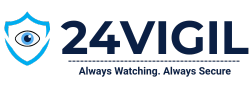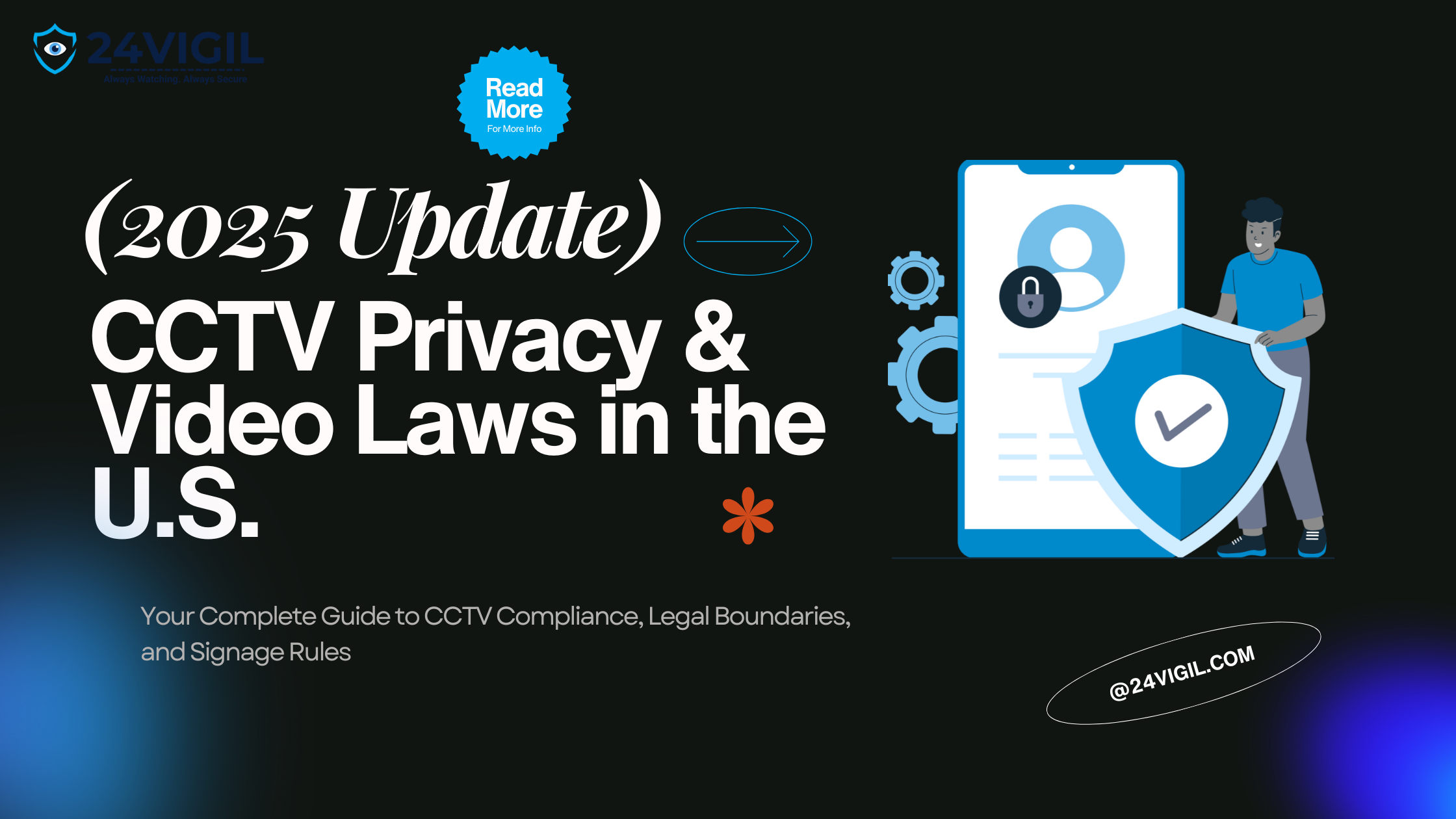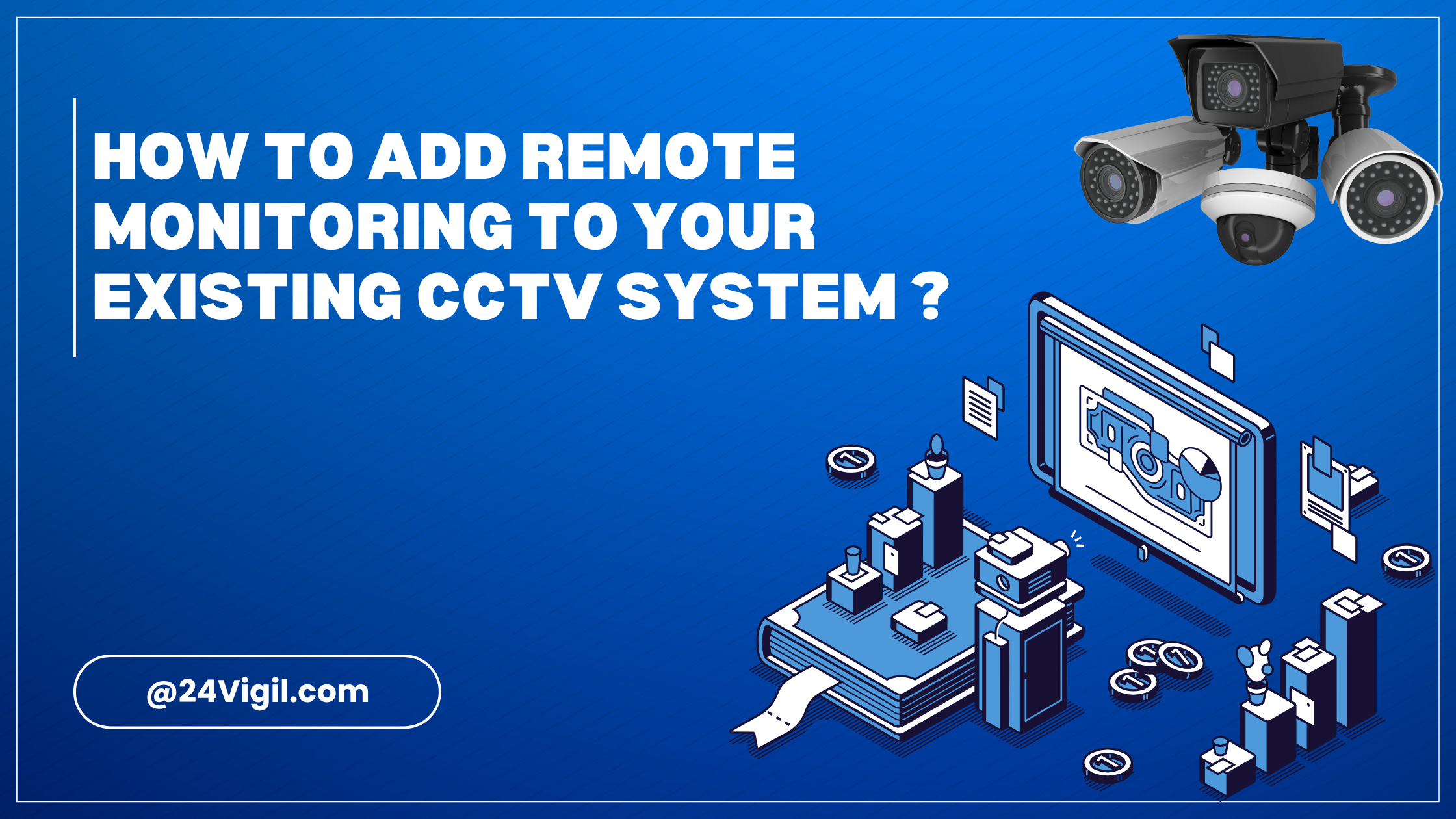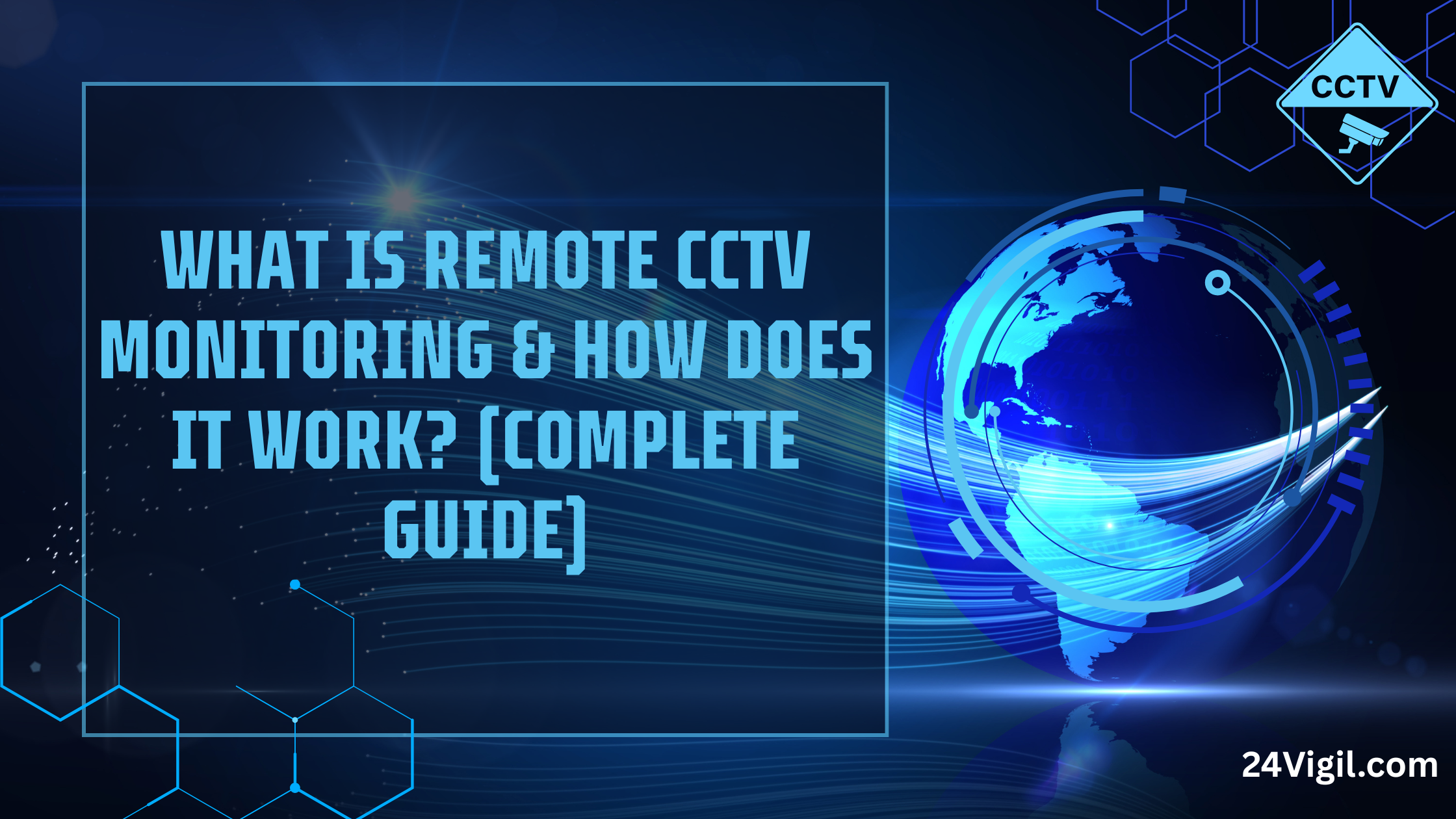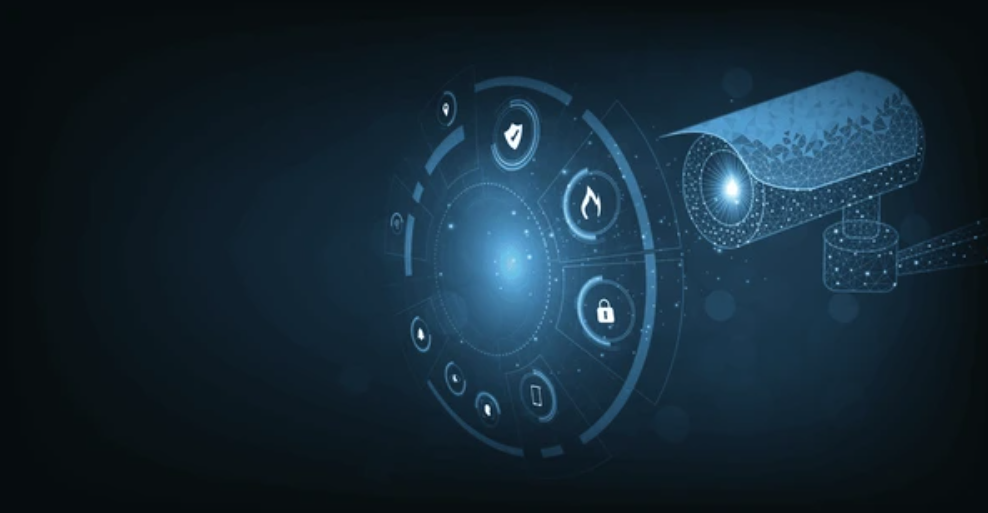Your Complete Guide to CCTV Compliance, Legal Boundaries, and Signage Rules
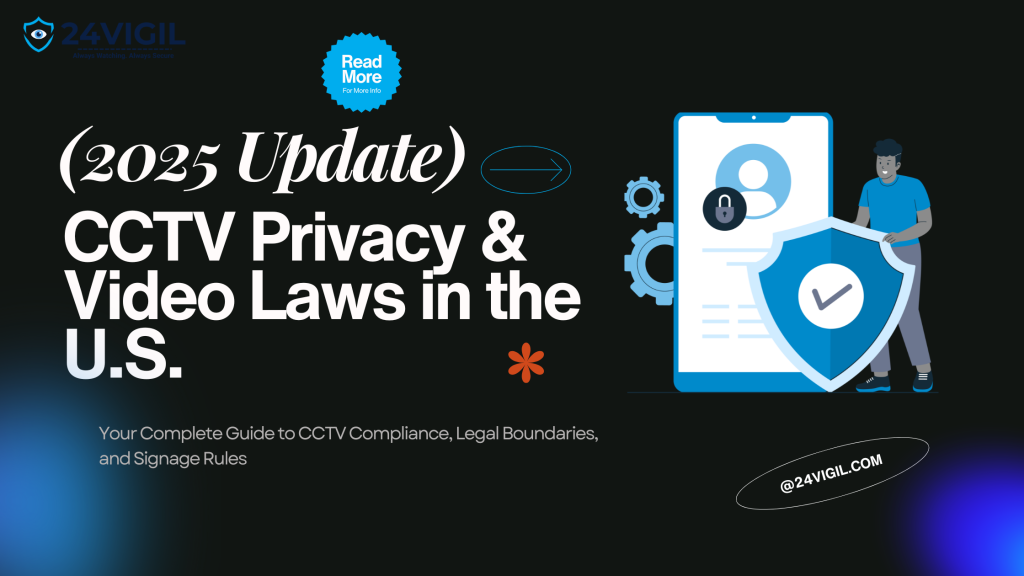
Introduction
Installing CCTV cameras has become one of the most common ways to protect property, people, and assets. From homes and small businesses to large corporations, video surveillance systems help deter crime and provide crucial evidence when incidents occur.
But as useful as CCTV is, it also comes with legal and privacy responsibilities. In the U.S., recording someone without their knowledge—or placing cameras in the wrong areas—can quickly lead to lawsuits, fines, and privacy violations.
If you’re a homeowner, business owner, or security manager, understanding CCTV privacy laws in the USA is essential before setting up your system. This 2025 guide will explain how video surveillance laws work, where you can and can’t record, and how to stay compliant with signage and privacy rules.
1. Why CCTV Privacy Laws Exist
Video surveillance serves a critical purpose—protecting people and property. However, the same cameras that ensure safety can also invade privacy if used irresponsibly. That’s why the U.S. has developed a mix of federal and state laws governing how, where, and when you can record.
These laws aim to:
- Protect individuals’ right to privacy in sensitive areas.
- Prevent misuse of recorded footage for illegal or unethical purposes.
- Ensure transparency when recording in public or shared spaces.
- Set clear boundaries for audio and video recording.
In simple terms: you can record, but not everywhere and not without consent in some cases.
2. Federal CCTV & Video Surveillance Laws
Unlike some countries, the U.S. does not have a single nationwide law dedicated solely to CCTV or video surveillance. Instead, it’s governed by a combination of federal privacy laws and state-specific regulations.
Here’s what applies at the federal level:
2.1 The Fourth Amendment
The U.S. Constitution’s Fourth Amendment protects citizens against unreasonable searches and seizures. While it mainly applies to government or law enforcement surveillance, it reinforces the idea that people have a right to reasonable privacy—especially in places like homes, restrooms, and private offices.
2.2 The Electronic Communications Privacy Act (ECPA)
Passed in 1986, this act regulates audio recording and electronic communications. Under the ECPA, recording audio without consent is typically illegal unless at least one party in the conversation agrees (known as the “one-party consent” rule).
This law directly impacts CCTV systems that capture sound, not just video.
2.3 The Video Voyeurism Prevention Act (2004)
This act prohibits recording individuals in situations where they have a reasonable expectation of privacy, such as bathrooms, bedrooms, or locker rooms. It’s a federal offense to capture such footage intentionally.
3. State-Specific CCTV Privacy Laws
While federal law provides the foundation, each U.S. state can have its own surveillance and privacy rules. This means what’s legal in Texas might not be legal in California.
Here’s a breakdown of common state-level regulations:
| State | Consent for Audio Recording | Special Surveillance Rules |
|---|---|---|
| California | Two-party consent | Strict privacy laws; signage required in most workplaces |
| New York | One-party consent | Allows silent video monitoring in public/business areas |
| Florida | Two-party consent | Recording without consent can lead to criminal penalties |
| Texas | One-party consent | Video OK in public/business; not in private areas |
| Illinois | Two-party consent | Requires notice and consent for workplace monitoring |
| Massachusetts | Two-party consent | Hidden cameras without consent are illegal |
👉 Pro Tip: Always check your state’s surveillance law before installation. Even if video-only monitoring seems harmless, hidden or audio-enabled systems can violate consent laws.
4. Where CCTV Cameras Are Legal (and Illegal)
Understanding where you can install cameras is one of the most important parts of compliance.
✅ Places Where CCTV Is Generally Legal
- Entrances, exits, and parking areas
- Storefronts and retail floors
- Warehouses and loading docks
- Office lobbies, hallways, and meeting rooms (without audio)
- Building perimeters and outdoor spaces
- Public or shared business premises
As long as cameras are visible and used for legitimate security purposes, these installations are typically compliant.
🚫 Places Where CCTV Is Illegal or Restricted
Certain locations are considered private zones—areas where individuals have a reasonable expectation of privacy. Installing cameras here is prohibited or highly restricted.
- Bathrooms, locker rooms, changing rooms
- Bedrooms or sleeping quarters
- Private offices (without notice)
- Employee break rooms (depending on state law)
- Inside apartments or homes without tenant consent
Even for security reasons, these areas are legally protected.
5. Signage & Notification Requirements
Transparency is key to staying compliant with U.S. CCTV privacy laws. That’s why clear signage is often mandatory or strongly recommended in both commercial and residential settings.
5.1 Why Signage Matters
Posting visible signs:
- Alerts people they are being recorded
- Reduces legal risks
- Deters potential criminals
- Demonstrates ethical surveillance practices
5.2 What Should Be on a CCTV Sign
A professional CCTV compliance sign typically includes:
- A camera icon or clear visual indicator
- Text such as “This area is under CCTV surveillance”
- Optional contact info (e.g., “For inquiries, contact building security at ___”)
- Legal disclaimer (if required by your state)
5.3 Placement Best Practices
- Install signs at every entrance and visible point where recording occurs.
- Ensure signs are readable, even from a distance.
- In workplaces, include CCTV details in your employee handbook or policy document.
While some states only recommend signage, others – like California – expect visible notice wherever surveillance occurs.
6. CCTV Privacy in Different Environments
The legality of video surveillance depends on context – where and whom you’re recording. Let’s explore how this applies to offices, retail stores, and residential spaces.
6.1 Office & Workplace Monitoring
Employers can legally install CCTV cameras in most office areas to protect property, monitor access, and ensure safety.
However, employee privacy laws restrict surveillance in:
- Restrooms
- Locker rooms
- Union meeting rooms
- Private offices without notice
Employers should clearly communicate:
- Why surveillance is used (e.g., safety, theft prevention)
- Which areas are monitored
- Who has access to recorded footage
In many states, written policies or staff consent are required for full compliance.
6.2 Retail & Commercial Spaces
Retailers rely heavily on CCTV for theft prevention and loss control. Generally, video recording in public areas is legal.
However, compliance means:
- Posting visible CCTV signs at entrances
- Avoiding dressing rooms, restrooms, or staff-only private zones
- Storing footage securely (often 30–90 days)
- Restricting access to authorized personnel only
Many states also require retailers to notify employees if they are being monitored in break rooms or storage areas.
6.3 Residential & Apartment Buildings
Homeowners and landlords can use CCTV for property security, but privacy still applies.
You may legally record:
- Your driveway, porch, and property exterior
- Shared building entrances (with notice)
You may not legally record:
- Inside tenants’ apartments
- Neighbors’ private yards or windows
- Areas where household members have an expectation of privacy (e.g., bathrooms, bedrooms)
If your system captures areas beyond your property line, ensure your cameras are angled away from neighboring windows or interiors.
7. How to Stay Legally Compliant with CCTV in 2025
Compliance isn’t complicated once you know what to look for. Here’s a checklist you can follow before installing or upgrading your CCTV system:
1. Review Federal & State Laws:
Check your state’s consent laws for both video and audio recording.
2. Disable Audio Recording (If Unnecessary):
Audio adds legal complexity. If your goal is visual security, disable it.
3. Post Clear CCTV Signage:
Notify employees, customers, and visitors through visible signs and policy documents.
4. Avoid Private Areas:
Never install cameras in restrooms, changing rooms, or similar spaces.
5. Limit Access to Footage:
Only authorized personnel should access recorded video. Use secure passwords and encrypted systems.
6. Store Footage Responsibly:
Retain footage only as long as necessary (typically 30–90 days) and delete it securely afterward.
7. Update Your Privacy Policy:
If you’re a business, include CCTV use in your privacy or compliance policy.
8. Choose a Compliant Monitoring Partner:
Select a security provider like 24Vigil that follows U.S. data privacy and recording standards.
8. Penalties for Non-Compliance
Violating CCTV privacy laws can result in serious consequences, including:
- Civil lawsuits from employees or customers
- Fines or criminal charges for illegal recording
- Loss of business reputation and client trust
- Regulatory investigations under state privacy acts
Example: In California, secret recordings can lead to fines of up to $2,500 per violation or even imprisonment under the Penal Code §632.
9. Future of CCTV Privacy Laws in 2025 and Beyond
As surveillance technology evolves, so do privacy concerns. In 2025, expect:
- Stricter data retention laws to limit how long video can be stored
- AI and facial recognition restrictions at the federal and state level
- Mandatory signage standards for businesses
- Enhanced penalties for data breaches or unauthorized use of footage
Businesses should stay proactive-adopting transparent policies and privacy-by-design systems will be key to long-term compliance.
10. How 24Vigil Ensures CCTV Legal Compliance
At 24Vigil, we don’t just provide remote CCTV monitoring – we ensure your system is fully compliant with U.S. privacy and recording laws.
Our approach includes:
- Privacy-safe camera placement consulting
- Signage and disclosure templates
- Secure, encrypted video storage
- Audio-disabled configurations (by default)
- Compliance with federal and state standards
- Human-verified monitoring, minimizing unauthorized access
We help businesses protect what matters – without crossing privacy boundaries.
Conclusion
CCTV systems are powerful tools for safety, but power comes with responsibility. Understanding CCTV compliance & privacy laws in the U.S. helps you protect people, property, and your reputation — all while staying compliant.
Before installing or upgrading your system, make sure you know the legal limits, use proper signage, and choose a trusted monitoring partner like 24Vigil that prioritizes both security and privacy.
Because real security isn’t just about watching — it’s about watching responsibly.
